Eyes on July, scars for life
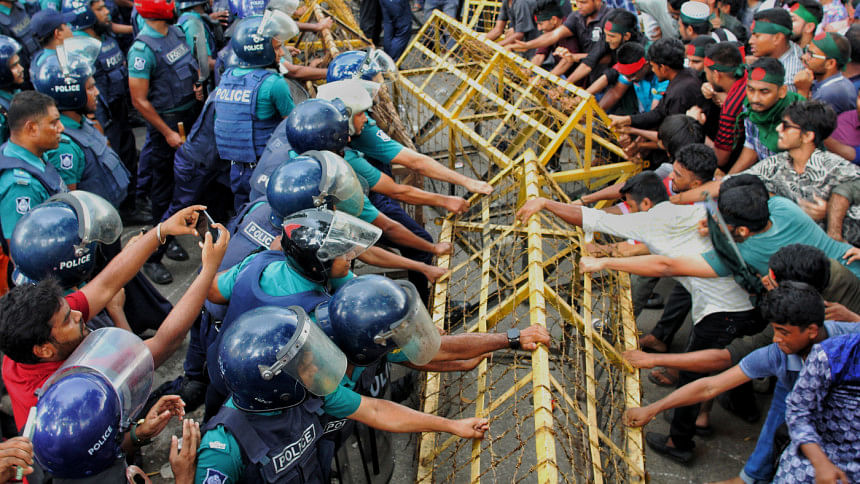
There's a silence that settles in when the shouting ends and when the camera finally rests. But for the photojournalists who stood in the eye of July's storm, that silence is anything but peaceful. These are not just men with cameras. They are the reluctant custodians in a country where truth is often unwelcome. Through almost shattered spirits and bloodied pavements, they documented one of the most chilling chapters in Bangladesh's recent memory. What they witnessed didn't just make headlines, it left scars.
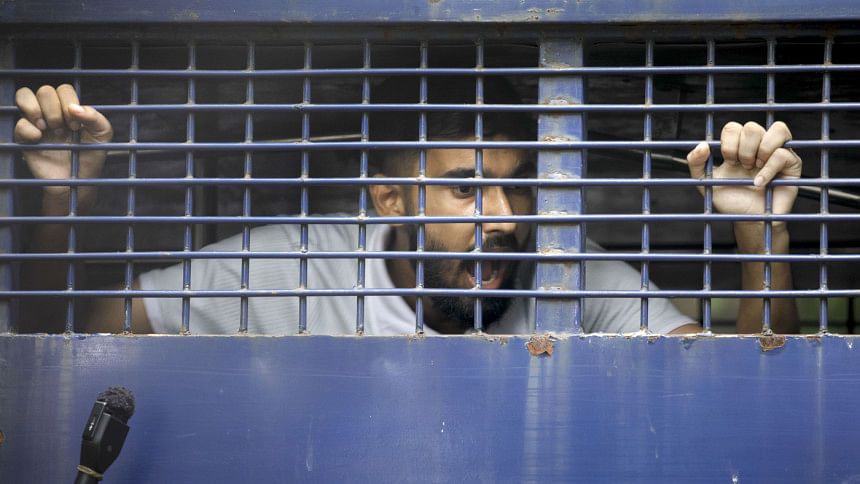
The human behind the viewfinder
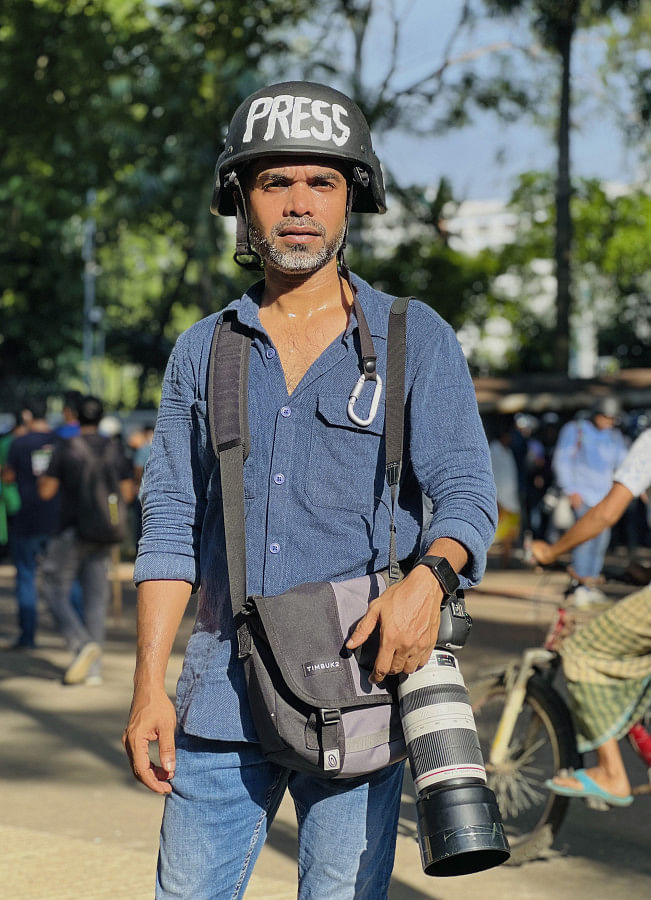
K M Asad, an award-winning freelance photojournalist, has covered tragedies from the Rana Plaza to Cyclone Sidr, including the Rohingya crisis. But nothing, he says, quite prepared him for this. On 16 July, as shots rang out near Dhaka Medical College, Asad found himself staring at a child who had just been gunned down.
He wasn't ready. No one ever is. "Still now, that moment haunts me," he says.
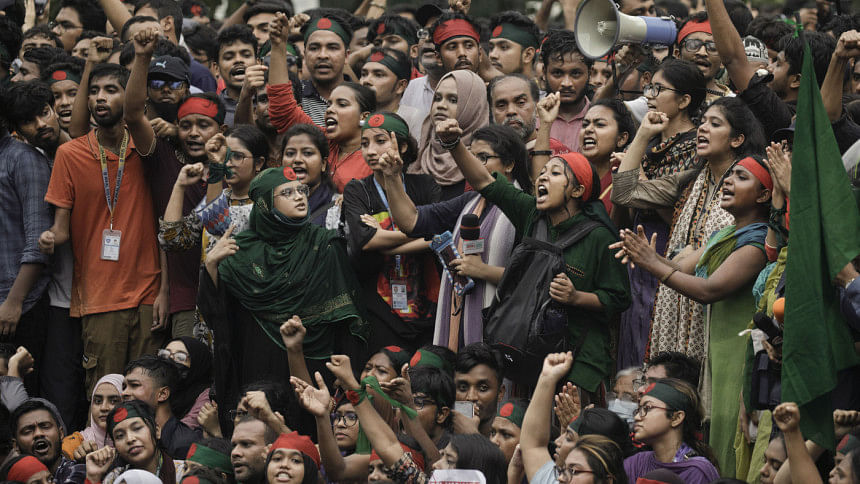
Like most of his peers, Asad wrestled with the duality of his role: human first, journalist second — or the other way round? When grieving parents begged for help, he felt helpless. When hospitals overflowed with bodies, he froze.
"I always ask myself—am I doing the right thing? But if we don't capture these moments, who will?"
Grief in shutter speed
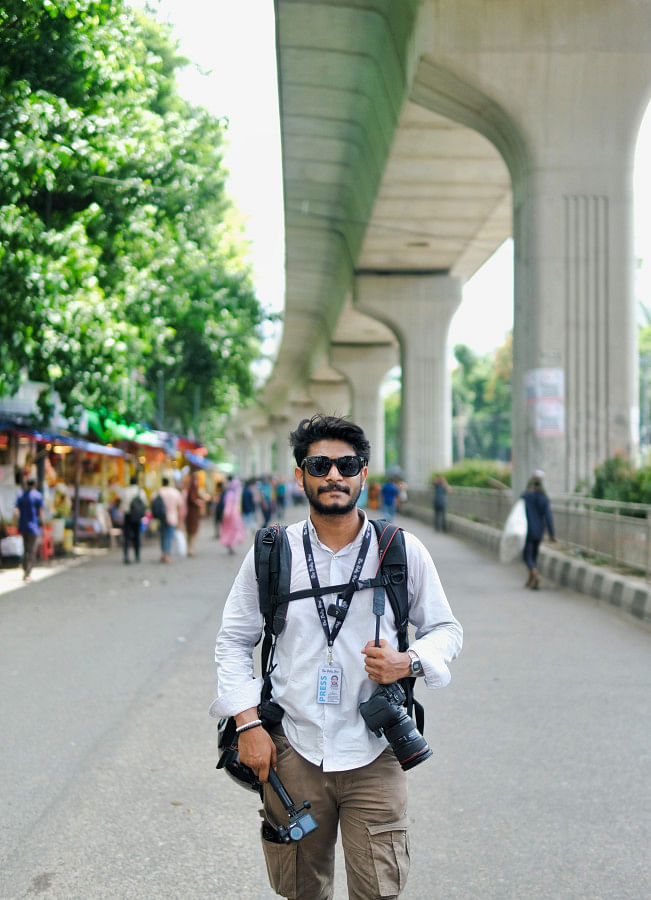
For Ibrahim Khalil Ibu, a multimedia journalist at the Daily Star who covered multiple flashpoints across the city, it was a pink shirt that stuck. The young man wearing it — shot dead in front of him — was helping others just moments before. "He was alive, smiling, giving out water. Then a gunshot—and he was gone."
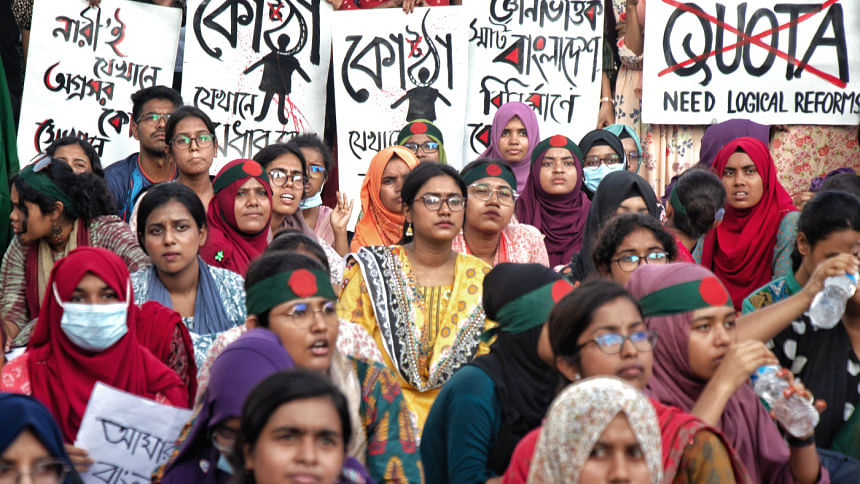
The pink shirt isn't just a memory. It's a marker of how quickly life became death that month. And for journalists like Ibu, death was not abstract. It was immediate. It had a name. A face. A scream.
Rampura. Jatrabari. Shahbagh. The names became shorthand for carnage. But the toll didn't end with the field. "My trauma responded after months," he admits. "One day I was sleeping at night in my room, and out of nowhere, I started hearing slogans by protesters, gunshots, sound effects — in my sleep. Even while working, somewhere in the back of my mind, the whole scene is still playing."
Trauma as an unpaid assignment
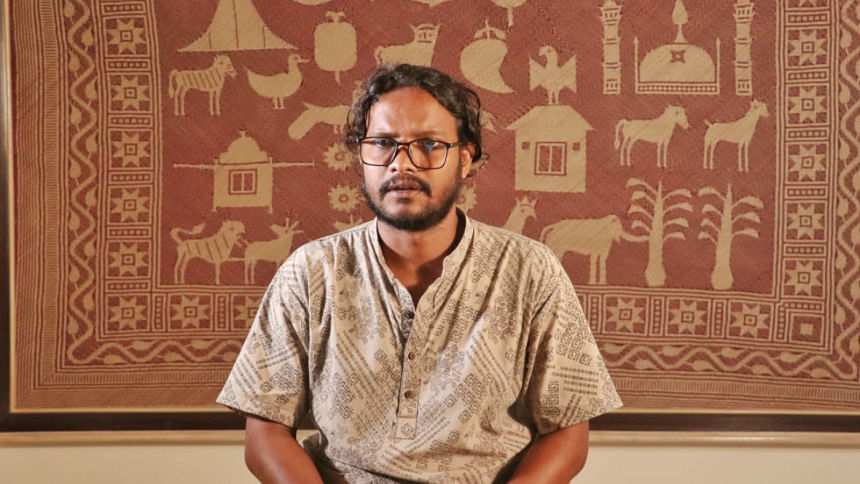
Md Samsul Alam Hady, a photojournalist at UNB, didn't file a single photo. Not because he wasn't there — he was everywhere — but because he couldn't. What haunted him wasn't the image, but the sound. A father saying "Innalillahi…" after learning, over a borrowed phone, that his son had died. That call, Hady says, broke something in him.
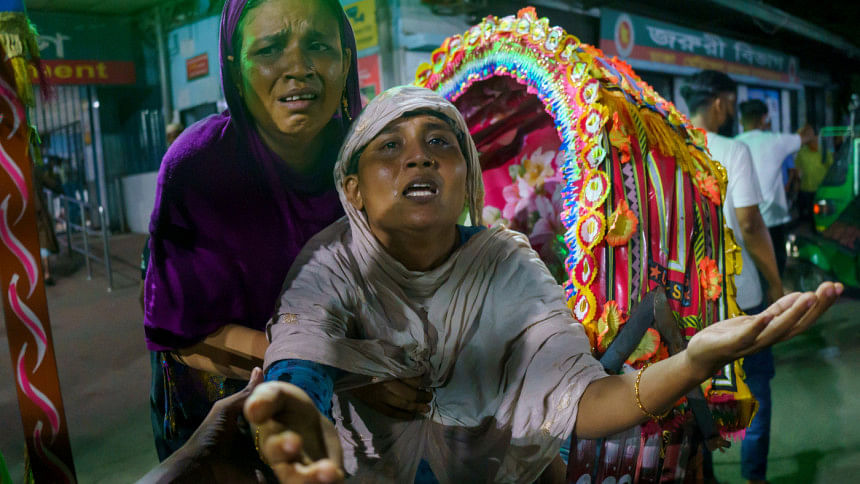
"I didn't touch my camera for weeks," he admits. "I'd wake up to screams in my sleep. Even now, I leave the room when people start talking about July. I can't hear it again."
His words echo a deeper truth: what these journalists witnessed was not just violence. It was a collapse of something more fundamental—hope, perhaps, or the illusion that this country would spare its own children.
The violence you don't publish
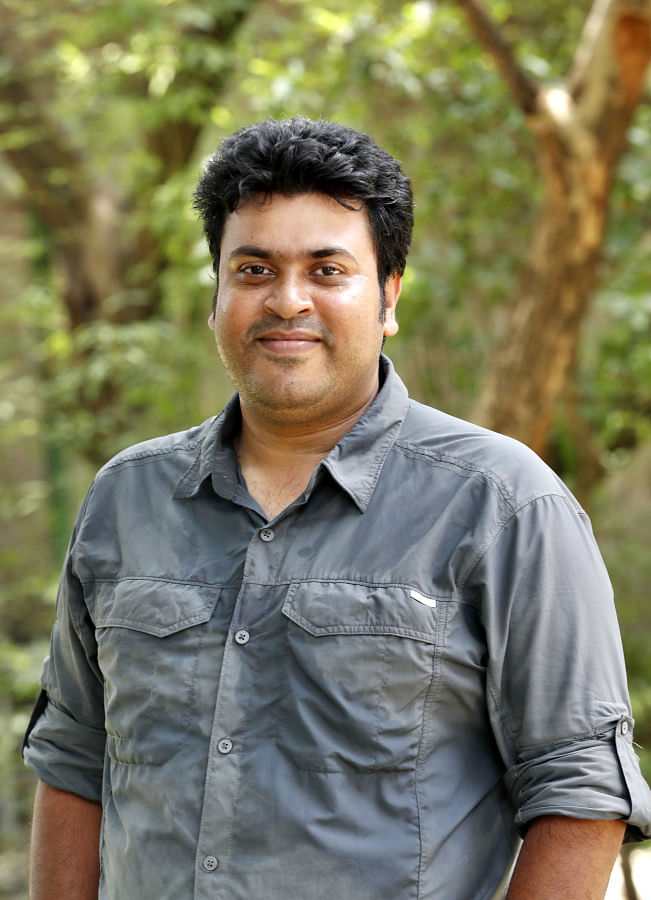
Prabir Das, senior photojournalist at The Daily Star, still carries the weight of pictures. Girls beaten with sticks. Friends searching for friends in body bags. Moments too brutal to show, yet too important to forget.
He doesn't revisit the images. He can't. "Those crying faces, those bodies—they're all in my memory. I don't need to see the pictures again."
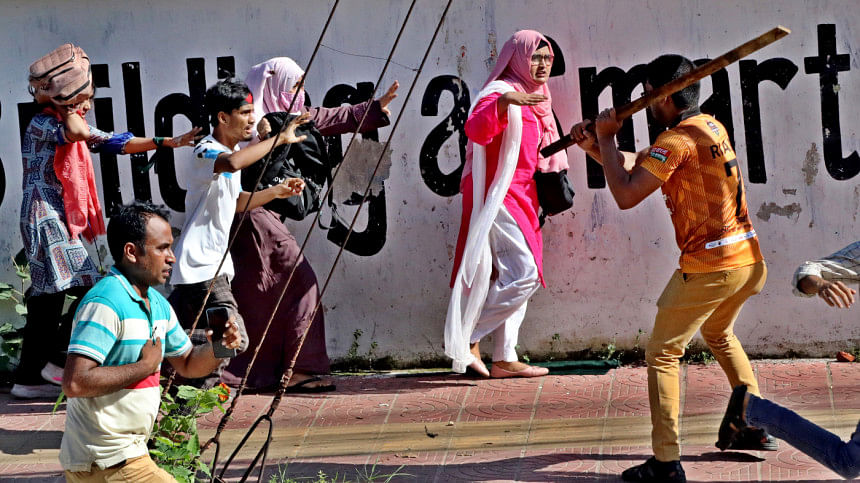
There were moments where the human side took over through him helping others. "That time I tried to be more of a human being, rather than a journalist," he says, recalling how he relayed information to students trying to escape violence.
"They were children. They didn't know what to do while being in the midst of a bloody chaos. I did what I had to save however many souls I could."
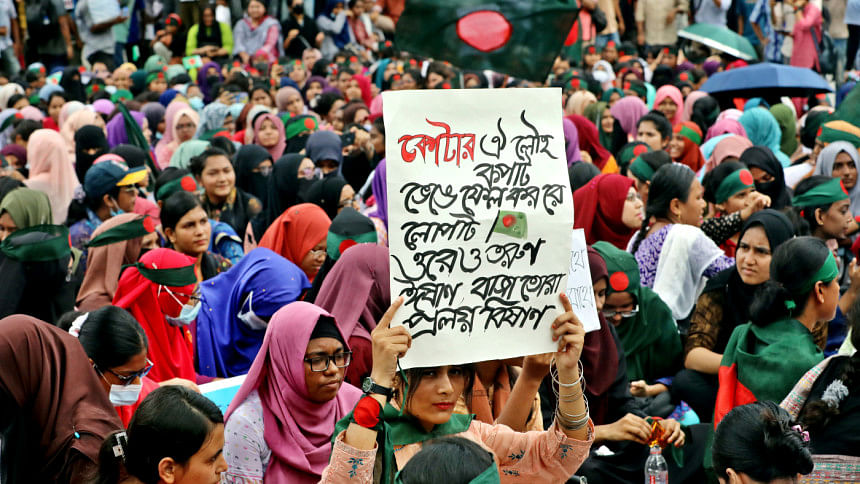
At one point, he even risked blending in to save students under attack. "I pretended to be physically and verbally aggressive to blend in, and then I grabbed them by their collar, took them away from the mob in the midst of chaos. Because you can't move opposite to the tide, you have to move with the tide."
But survival didn't mean healing. "Still now, I face those traumas," he confesses. "After July, I went to France, and when I was talking with people, I forgot the names of people, dates, and so many. I forgot so many things that time."
The new boundaries of risk
After July, their boundaries changed. Not just professional ones, but personal, ethical, and emotional. K M Asad, who once saw the camera as an armour, now considers it as a burden.
"We faced so much backlash in July. People used to call us 'Dalal' and all," he says. "But I've been working for so long, I know how to handle it. I started to see and post things a little differently, because now I know what a picture can do."
Ibu, once meticulous about his gear, now thinks first about escape routes. Hady no longer photographs wounded children in hospital beds. And Prabir believes therapy should be standard issue alongside helmets.
He said, "They need to have their safety gear, like a bulletproof jacket, a lightweight camera and gear, and a helmet. And one thing I must say is that they should have counselling. The situation that photojournalists face regularly affects our minds and may cause PTSD."
Support, especially from peers, makes a difference, but it doesn't always come from home.
"Internationally, they know how to appreciate a picture. How to appreciate the work of someone," K M Asad points out. "Nationally, we don't. Sometimes we become competitive, which is good, but bad competition is never good."
July, one year later
A year on, July feels like a bruise that hasn't faded. Its images, those that made it to the public and those that didn't, still hover over a country unsure of what it's become. And the journalists who bore witness? They're still learning how to carry what they captured.
They didn't just shoot photographs. They held up mirrors. And what stared back was a nation coming undone.
But even now, even after everything, they remain committed — not to fame, not to awards, not to the front page. But to the truth. And that's perhaps the most human thing of all.

 For all latest news, follow The Daily Star's Google News channel.
For all latest news, follow The Daily Star's Google News channel. 


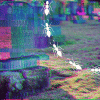
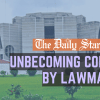
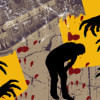



Comments